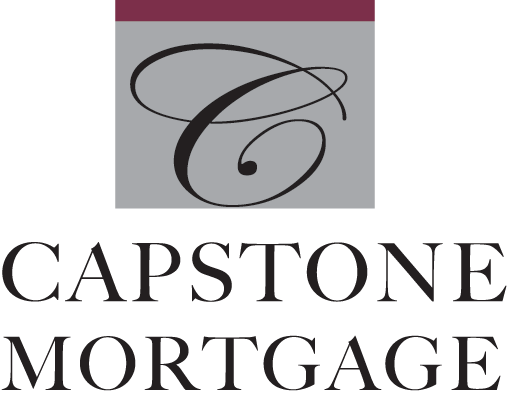When it comes to securing a mortgage, knowing what to expect can help you make smart decisions. Use this informative guide to familiarize yourself with the process.
Step 1: Pre-qualification
Pre-qualification generally takes a few minutes. We go over your credit history, employment status, income, assets, and debts as well as your property and loan preferences.
Step 2: Application
During this step, you receive appropriate disclosures, fill out a loan application, sign forms authorizing the lender to process your loan, and provide required documentation. This includes:
- Paystubs from the last 30 days (for each applicant) as well as the names and addresses of all employers for the past two years.
- W-2 forms for the last two years (for each applicant). If self-employed, two years’ worth of tax returns are needed.
- Three months’ worth of checking and savings account statements.
- Two months’ worth of statements for CDs, IRAs, stocks, bonds, and any other securities (if these assets will be used for a down payment).
- A record of new monthly debts not listed on a credit report: auto loans, student loans, mortgage loans, credit cards, etc.
- One or two forms of valid photo ID, such as a driver’s license and a passport.
The final part of the application phase involves updating your credit report, orders appraisal, and title reports and then finding the most effective loan program for you.
Step 3: The Loan Estimate
Within three days of receiving your application, you are sent the Loan Estimate. This three-page form explains what terms the lender expects to offer if you decide to move forward with the loan. Information includes: estimated interest rate, monthly payment, total closing costs, estimated costs of taxes and insurance, and how the interest rate and payments may change in the future.
The Loan Estimate uses clear language and design to help you better understand the terms of the mortgage you applied for.
Step 4: Processing
Once your loan is processed, it is delivered to the lender for final approval. To ensure it conforms to the proper guidelines, the lender reviews the appraisal, title report, and loan package. Additional validation of employment, mortgage payments, and credit may be required.
Step 5: Approvals & Conditions
After the loan is approved, we send a copy of your commitment letter to all the appropriate parties: you, your attorney, and your realtor (if you authorize it). Once all items are reviewed and satisfied, a closing date is scheduled.
Step 6: The Closing Disclosure
At least three business days before you close on your mortgage, you receive the Closing Disclosure. This five-page form provides final details about the loan you selected. Information includes: loan terms, projected monthly payments, and how much you will pay in fees and other costs to secure your mortgage (such as closing costs).
The three-day window gives you the opportunity to compare final terms and costs to those found in the Loan Estimate. It also gives you time to ask your lender questions.
Step 7: Closing
At the closing, you sign the agreement between you and your lender regarding the terms and conditions of the mortgage and the agreement between you and the seller transferring ownership of the property. Additionally, you pay closing costs and escrow items.

